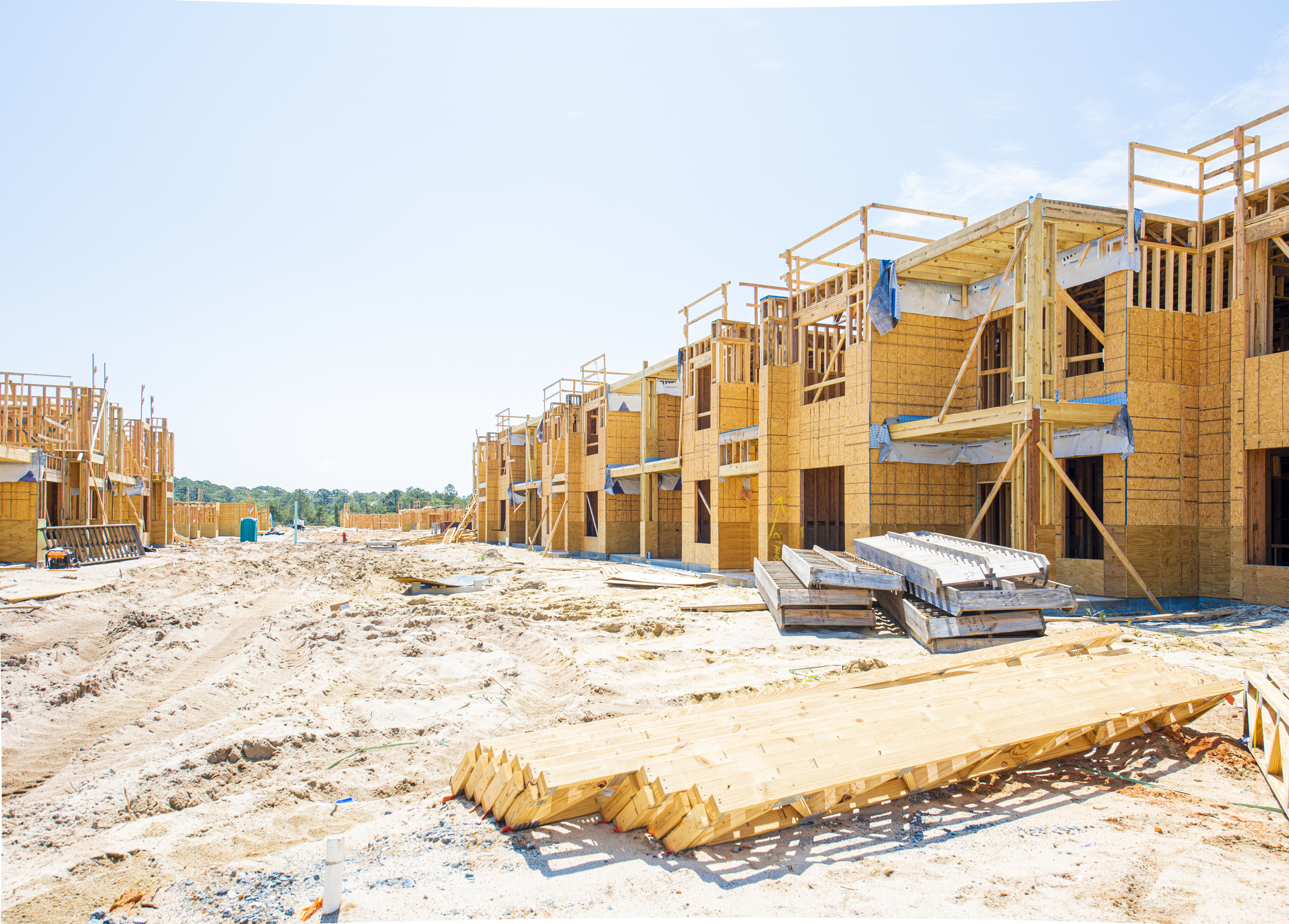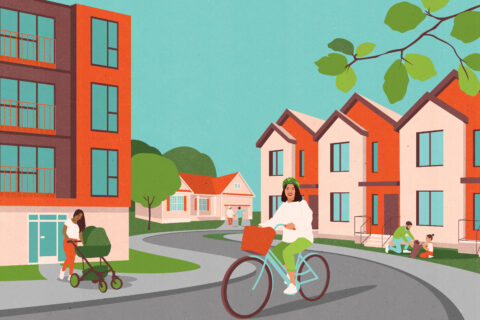Cities are competing for talent, investment and business growth — but without affordable, healthy and safe housing, the workforce foundation crumbles. Housing is not just a social issue, it’s an economic necessity to ensure workers can work, businesses can thrive and communities remain strong.
Why is Housing a Workforce Issue?
Affordability: When workers can’t live near jobs due to lack of affordable housing, local businesses lose potential workers and customers. If workers spend too much of their paycheck on their rent or mortgage, they may struggle to pay for other necessities like groceries or childcare. The financial strain caused by unaffordable housing can increase emotional stress, undermine one’s sense of safety and force people into unsafe housing or even homelessness. Without money to spend, businesses and thus local economies also suffer.
Supply: Without enough safe, affordable housing, workers must live farther away from their jobs, which means longer commutes (PDF), more time away from family, heavier traffic and increased stress on or need for public transportation.
Safety: According to the Green and Healthy Homes initiative, “nearly six million households live with moderate to severe housing hazards, including lead paint, water intrusion, injury and safety risks, pests and electrical deficiencies.” Living in an unsafe home is both a physical and mental hazard which can prevent employees from showing up to work and performing at their best.
What Can Cities Do to Increase Housing Affordability, Supply and Safety?
Housing Trust Funds: Cities like Asheville, NC (pop. 94,589) and Carlsbad, CA (pop. 114,746) established Housing Trust Funds (HTF) that provide low-interest loans for a variety of projects that support low-income households. In Evansville, IN (PDF) (pop. 117,298) homeowners with an income up to 80 percent of the area median income can apply to use funds to pay for house repairs through their housing trust fund. It is important to look at state statutes to understand whether your city can implement housing trust funds.
Rental Subsidies: To increase the number of affordable units, cities can offer subsidies to building owners to bridge the gap between what a family can afford to pay and the market rate of the unit. Owners will still receive the same rent, and cities can quickly increase the number of affordable units.
Taxes: In 2023 residents voted to renew the City of Seattle’s (pop. 737,015) Housing Levy. The levy taxes residential and commercial property owners at a certain rate based on the assessed value of their property. The city estimates that more than 16,000 people live in Levy-supported housing. A graduated real estate transfer tax, like in Evanston, IL (pop. 78,110), allows the city to collect money from the sale of property. Evanston’s residents passed a ballot initiative in 2018 to increase taxes on the sale of properties valued at over $1.5 million, ultimately which has increased revenue to the city.
Tax Abatements: Washington D.C. (pop. 689,545) created Housing in Downtown, a 20-year tax abatement program to spur more developers to convert unused downtown office buildings into housing units. The program is available for change-of-use developments that result in at least ten residential units and includes provisions for affordable housing.
Tax Incremental Financing (TIFs): Missoula, MT (pop. 73,489) Redevelopment Agency approved a TIF to incentivize developers to increase the amount of housing needed to support the local workforce. TIFs allow cities to use future property tax revenue increases within a designated area to fund improvements in that area. The Workforce Housing Pilot aims to expand housing supply to those earning between 60-140 percent of household income and allows developers to use TIF funds for the purchase of land or buildings, construction, interest rate reductions or some soft costs.
Voluntary Zoning Incentives. In January 2025, Chattanooga, TN (pop. 181,099) became the first city in the state to formally provide developers with land-use incentives in exchange for building affordable housing in their projects, helping to expand the local housing supply while maintaining financial sustainability.
Workforce Housing: Virginia Beach, VA (pop. 459,470) administers incentives in the form of a “bonus density” to developers who agree to produce a specified number of workforce housing units. The program aims to expand affordable housing opportunities to allow people who work in Virginia Beach to live in Virginia Beach.
By investing in affordable, healthy and safe housing, local governments build stronger economies, healthier communities and enhance stability for residents.
Join the Workforce Innovation Network
Interested in learning more about workforce development? Join this NLC-hosted peer engagement network created for all city leaders and staff interested in learning about various topics, resources and opportunities related to workforce development.









